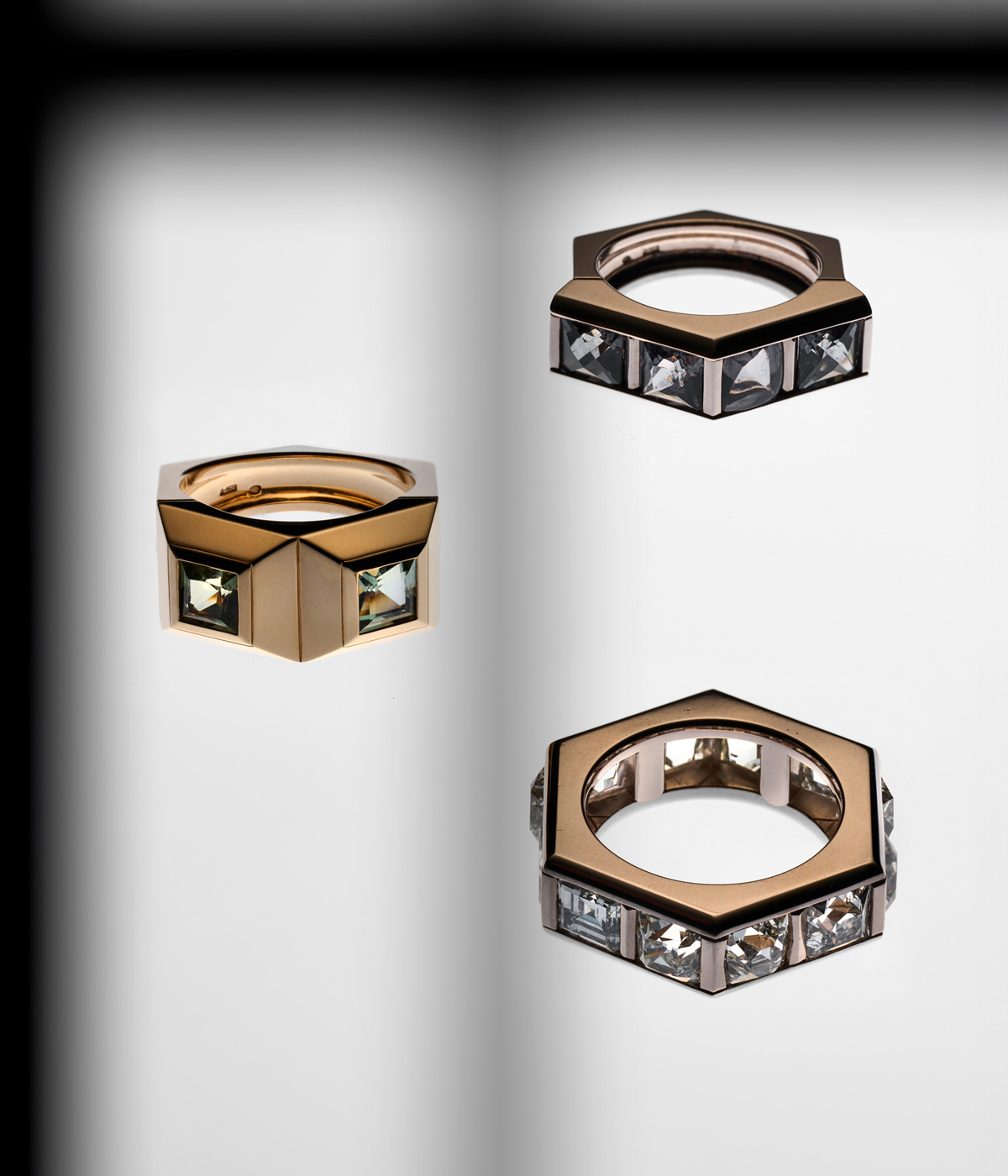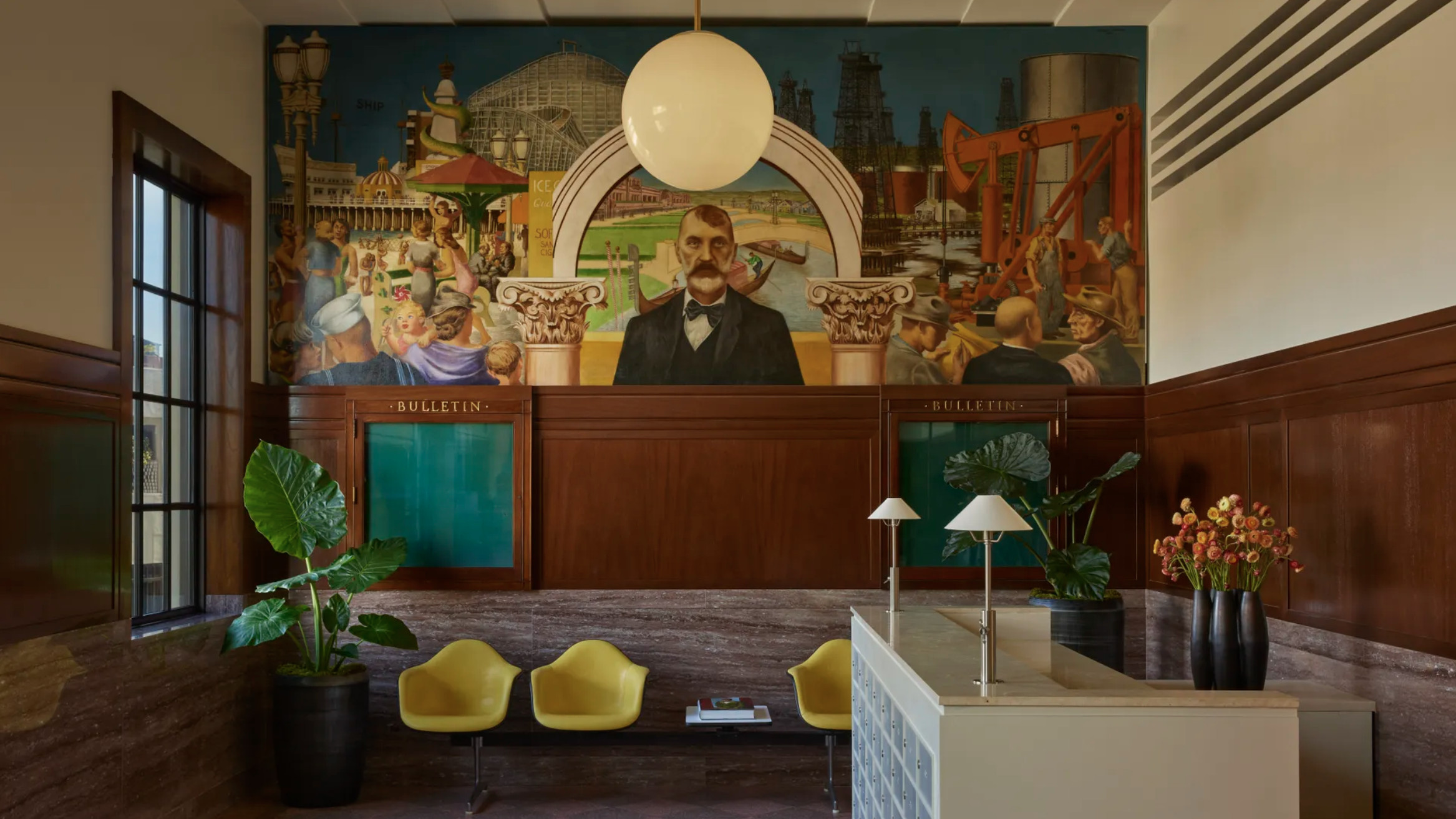Cora Sheibani celebrates unexpected diamond cuts in a new jewellery collection
Cora Sheibani's latest collection, ‘Facets and Forms’, marries her love of history and science

‘I have just always loved jewellery, I think it goes further back than my own memories,’ says jewellery designer Cora Sheibani. Since launching her eponymous house in 2002, she has become known for her daring aesthetic, one that is anchored in a life-long love of art, liberally seasoned with personal narratives, and has pieces that consistently point to her profound respect for design, craftsmanship and the plethora of possibilities that gemstones possess. With her latest offering, ‘Facets and Forms’, Sheibani has created a ‘collection that is very much for those people who like jewellery but are into design, who like materiality’, she says, and who, like her, think for themselves and ‘don’t follow trends’.
‘If I am going to make diamond jewellery, I’ve got to be able to do something that no one else has done’
Cora Sheibani
Sheibani’s uncompromising approach goes beyond the making process and is embedded in how she designs her collections. ‘I kind of set myself challenges and goals. Sometimes it takes me down rabbit holes that make no sense. Often, I make pieces that I really want to make for myself. I think there is no way I am going to be able to sell [them], but for me, that is when I make the best pieces.’ Having such a distinct voice has resulted in collections that already have a place in the contemporary jewellery canon: from ‘Copper Mould’, a love letter to childhood afternoon teas at Café Schober in her native Switzerland, to her ode to gardening and leisure, ‘Pottering Around’, which had Sheibani setting carved hardstones in 3D-printed coloured titanium.
‘Facets and Forms’, a departure for Cora Sheibani
With ‘Facets and Forms’, Sheibani has departed from her established design language. ‘I think generally, I’m a colourist, I love colour. Even though I am working with diamonds [in this collection] that have no colour, I also like shapes and forms and juxtaposing things you would not ordinarily mix. If I am going to make diamond jewellery, I’ve got to be able to do something that no one else has done.’
The collection marries Sheibani’s love of history and science, with each piece an exposition on historical, regional and existing diamond cuts. ‘People sometimes forget that diamonds can be cut and treated in many different ways and have a completely different aesthetic,’ she says. ‘Gem-cutting is very much a science [and] so much design is influenced by technological innovation or change or discoveries, conscious or subconscious.’
The ‘Timeline’ ring is a modern take on the eternity band and features 12 diamonds, echoing a watch, set in 18ct champagne gold and all cut differently. The cuts include the ‘Peruzzi’, first developed in the 16th century, the ‘Carré’, popularised in the art deco era, the ‘Old English Square Double Cut’ that was first seen in the 17th century, and a 21st-century jewellery perennial, the ‘Modern Princess Cut’. ‘I guess I like teaching, and this is part of my love of sharing knowledge,’ says Sheibani.
This is not to say that ‘Facets and Forms’ is an art history and technology lecture presented in jewellery format. It’s an invitation to explore ideas relating to the intrinsic value of jewels and reconsider wearing jewellery items long out of vogue. ‘[For] a lot of designers who work for big companies, when they create something, it has to fit [the brand aesthetic]. Most jewellery companies don’t even stock brooches, but I have the freedom.’
‘People sometimes forget that diamonds can be cut and treated in many different ways’
Cora Sheibani
And so, she presents the ‘Tetris Brooch’, featuring six smoky quartz and three aquamarines on an 18ct champagne gold jabot pin with stones in ‘Chequerboard’, ‘Context Pavilion’ and ‘French Lozenge Top’ cuts, among others. The result is the freshest of takes on one of the oldest forms of jewellery.
Wallpaper* Newsletter
Receive our daily digest of inspiration, escapism and design stories from around the world direct to your inbox.
With ‘Facets and Forms’, Sheibani augments her position as the thinking collector’s jeweller, balancing future-facing pieces with a desire to allow old practices a contemporary reappraisal.
A version of this article appears in the December 2024 issue of Wallpaper*, available in print on newsstands from 7 of November, on the Wallpaper* app on Apple iOS, and to subscribers of Apple News +. Subscribe to Wallpaper* today
Mazzi Odu is a Ugandan-British writer, editor and cultural consultant based in Lagos, Nigeria. Her work focuses on jewellery, design, fashion and art. An alumna of the London School of Economics and Political Science, she has profiled a cross section of leading design talents and creative voices, with a special emphasis on those from the Global South and its Diaspora communities.
-
 The Lighthouse draws on Bauhaus principles to create a new-era workspace campus
The Lighthouse draws on Bauhaus principles to create a new-era workspace campusThe Lighthouse, a Los Angeles office space by Warkentin Associates, brings together Bauhaus, brutalism and contemporary workspace design trends
By Ellie Stathaki
-
 Extreme Cashmere reimagines retail with its new Amsterdam store: ‘You want to take your shoes off and stay’
Extreme Cashmere reimagines retail with its new Amsterdam store: ‘You want to take your shoes off and stay’Wallpaper* takes a tour of Extreme Cashmere’s new Amsterdam store, a space which reflects the label’s famed hospitality and unconventional approach to knitwear
By Jack Moss
-
 Titanium watches are strong, light and enduring: here are some of the best
Titanium watches are strong, light and enduring: here are some of the bestBrands including Bremont, Christopher Ward and Grand Seiko are exploring the possibilities of titanium watches
By Chris Hall